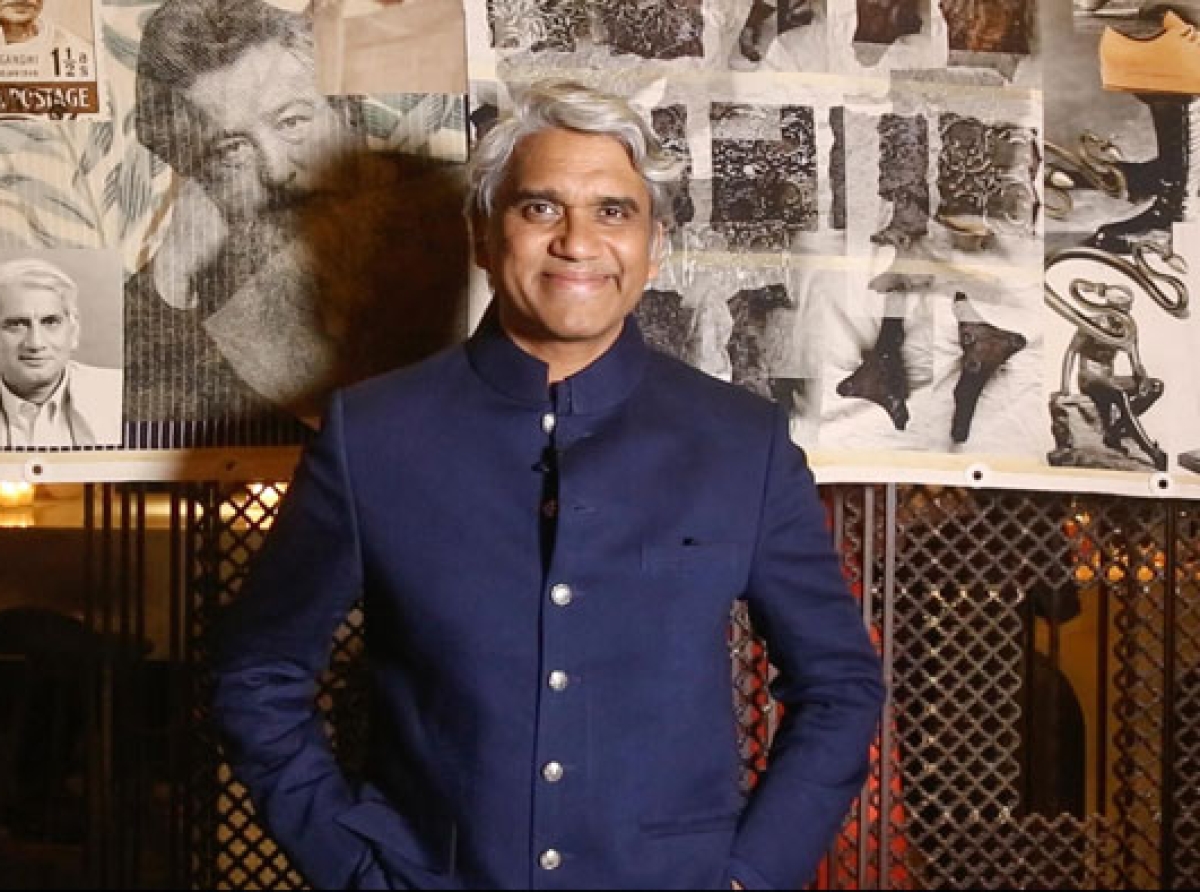Can Indian Apparel Sector Become The Design House Of The World!

01 July 2022, Mumbai:
The Indian fashion scene wasn't entirely colorless throughout the 1950s, 1960s, and 1970s. It was thrilling, chic, and quite elegant. The nation could not showcase any designers, stars, models, or fashion design labels.
A garment's worth was determined by its design and materials, not by the maker. Approaching any unknown tailor who could manufacture apparel for a few rupees and provide the ideal fit, quality, and design was viewed as ever so fashionable.
The high-class woman who wore it was pleased with herself for finding a good deal and lending her name to the finished product.

In the 1960s, women wore tight kurtas, churidars, and high coiffures. As a result of the removal of restrictions and the acceptance of novel materials like plastic film and coated polyester fabric, it was a time of mischief and celebration in the arts, music, and movies. Traditional materials were increasingly exported both domestically and abroad throughout the 1970s.
As a result, foreign fashion, with its bright colors, floral designs, and bell-bottoms, reached India far earlier than the MTV culture. Disco culture and the use of synthetics both had an impact on the fashion scene.

ALSO READ Designers support 'FDCI X Lakme Fashion Week' new format
During the 1990s, the final decade of the millennium, a trend toward radical matching down with ethnic clothes was seen. Today, the ethnic wear market in India is accounted for Rs. 9000 crores.
As a result, there was a downturn and a desire to sell at any cost to maintain the spotlight. The inevitable happened due to fierce rivalry and careful client awareness.
The price tags started their descent after once reaching their apex.
RELEVANT NEWS Happy conscious dressing @ FDCI X Lakmé Fashion Week
The Indian garment and fabric industries are competitive on the global market in many fundamental ways, including the cost-effectiveness of production, availability of raw materials, quick turnaround for sales, and a wide variety of preferred designs for clothing, including those with sequins, beadwork, aari or chikkon embroidery, etc., as well as a more affordable skilled labor force.
India offers these fashion items to foreign fashion companies with fast lead times, reasonable pricing, and a design monopoly that includes intricate hand embroidery that is well recognized.

The variety of textiles available in India may entice and perplex buyers in terms of the market for fabrics. The current trend in the global market is a fundamental expectation of judgment in fabric selection.
Most of the production work is done in Chapa, a little town in the eastern state of Bihar that most people have never heard of.
RELEVANT NEWS Lakme Fashion Week & PETA India, Indian fashion designers pledge to go leather-free on the World Fashion Day
The variety and caliber of raw silks, including tussars, matka silks, and phaswas, all belie the primitive production techniques and machinery employed. Fabric manufacturing is a family business here.

RELEVANT NEWS Dolly J presents ethnic wear collection at India Couture Week
Between April 2000 and December 2021, the textiles sector (including dyed and printed textiles) attracted foreign direct investment (FDI) of $3.93 billion. Federico Salas, the Mexican ambassador to India, visited the India International Trade Fair 2021's Khadi India Pavilion in November 2021 and recommended that India and Mexico work together to promote Khadi internationally.
Home textile companies are using technology to optimize the value chain.
To track textile raw materials throughout the supply chain, Welspun India, for instance, developed Wel-Trak 2.0 in October 2021.
This updated version of the patented end-to-end traceability system is used.
Join our community on Linkedin
























